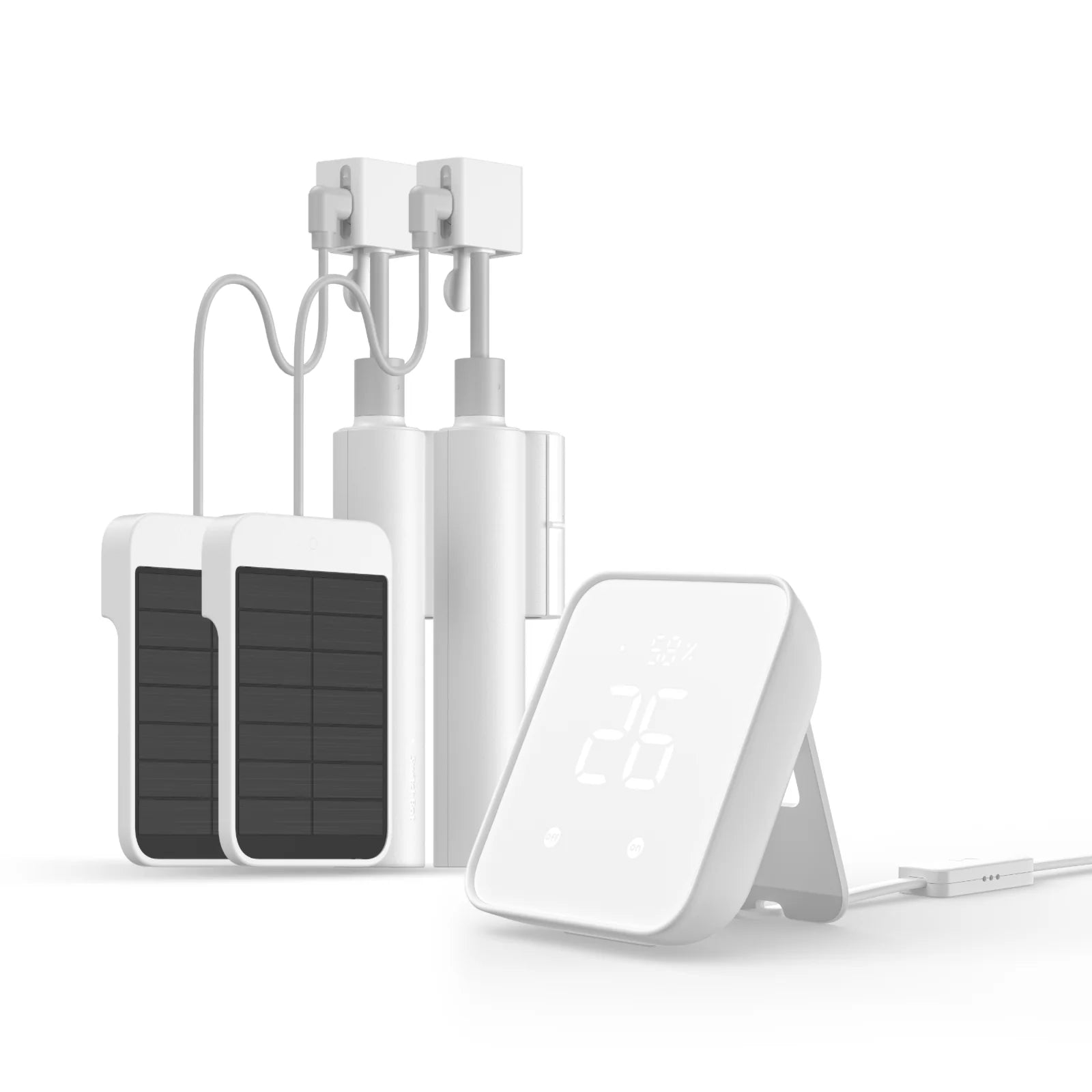Commercial buildings consume a significant amount of energy, and finding ways to improve energy efficiency has become a top priority for building owners and managers. One innovative solution that has gained traction in recent years is the use of automatic blinds. These blinds offer a range of benefits that can lead to substantial energy savings and improved comfort for building occupants.

Enhanced Light Control
One of the key ways in which automatic blinds can improve energy efficiency in commercial buildings is through enhanced light control. By automatically adjusting the position of the blinds throughout the day, they can optimize natural light levels within the building. This reduces the need for artificial lighting, thereby lowering energy consumption. Additionally, automatic blinds can be programmed to respond to changing external light conditions, ensuring that the building's interior remains well-lit without excessive glare or heat gain.
Temperature Regulation
Automatic blinds play a crucial role in regulating the internal temperature of commercial buildings. By adjusting the blinds based on the position of the sun, they can help prevent overheating during the warmer months and minimize heat loss during the colder months. This proactive approach to temperature regulation reduces the reliance on heating, ventilation, and air conditioning (HVAC) systems, leading to significant energy savings and a more comfortable indoor environment for occupants.
Occupant Comfort and Productivity
Beyond energy efficiency, automatic blinds also contribute to occupant comfort and productivity. By maintaining optimal lighting and temperature conditions, these blinds create a more pleasant and productive work environment. Studies have shown that access to natural light and outdoor views can have a positive impact on occupant well-being and productivity. Automatic blinds enable building managers to provide these benefits while still managing energy usage effectively.
Integration with Building Automation Systems
Another advantage of automatic blinds is their seamless integration with building automation systems. This allows for centralized control and programming of the blinds based on time schedules, occupancy patterns, and environmental conditions. By leveraging data from sensors and other building systems, automatic blinds can adjust in real-time to optimize energy efficiency without requiring manual intervention. This level of automation ensures that the blinds are always operating at peak efficiency, maximizing energy savings for the building.
In conclusion, the adoption of automatic blinds presents a compelling opportunity for improving energy efficiency in commercial buildings. Through enhanced light control, temperature regulation, occupant comfort, and seamless integration with building automation systems, these blinds offer a holistic solution for reducing energy consumption and operating costs. As the focus on sustainable building practices continues to grow, automatic blinds are poised to play a pivotal role in the quest for energy-efficient and environmentally friendly commercial spaces.








